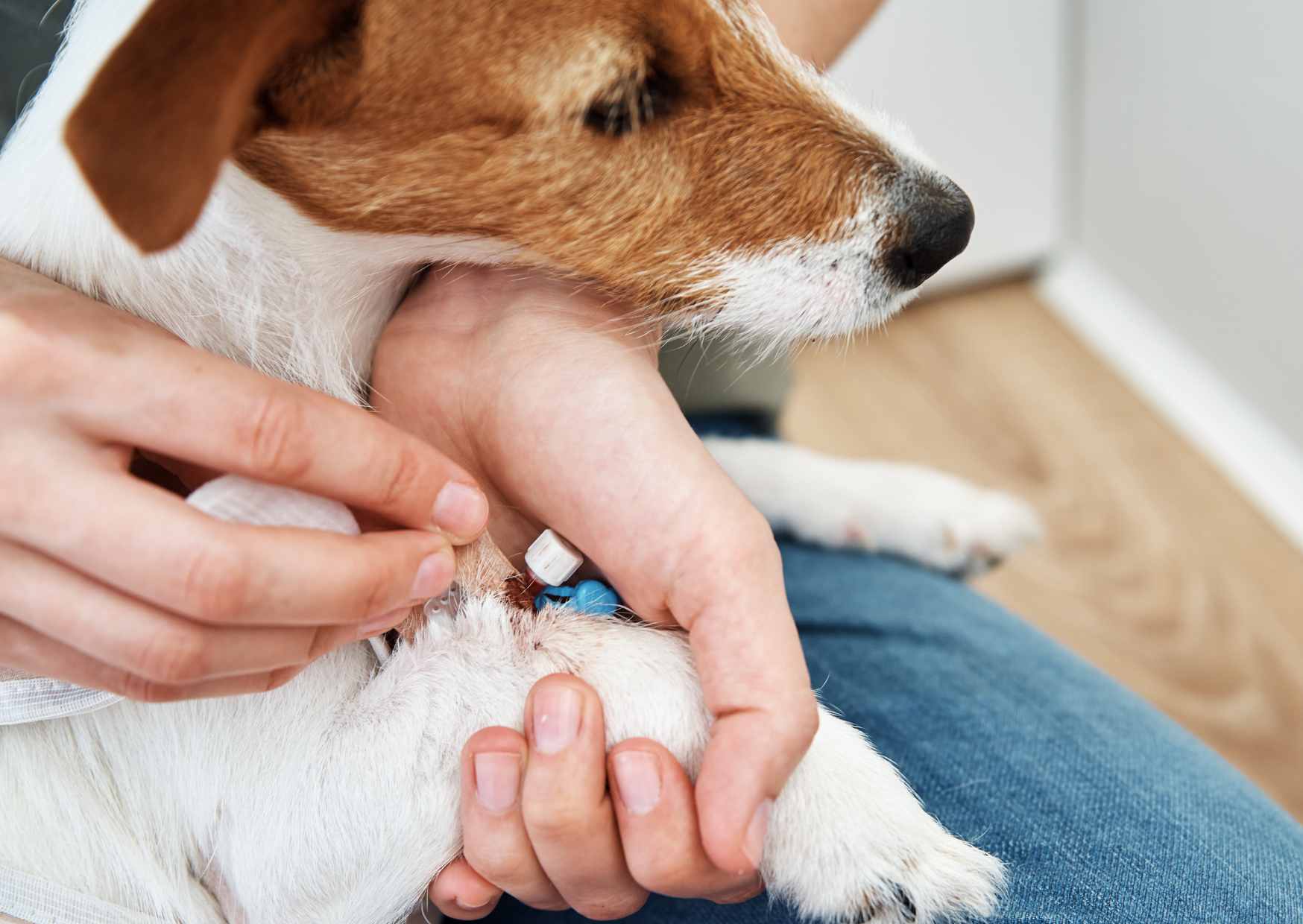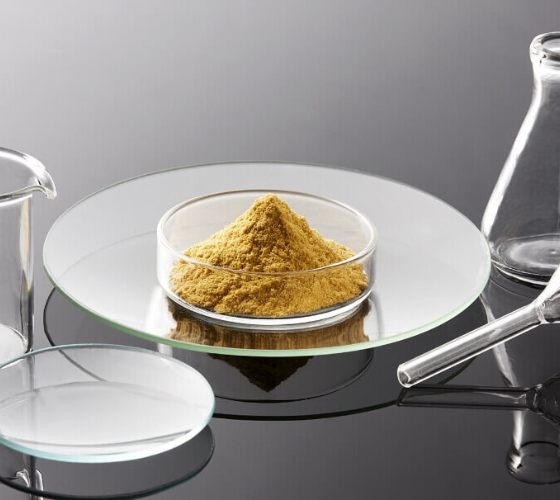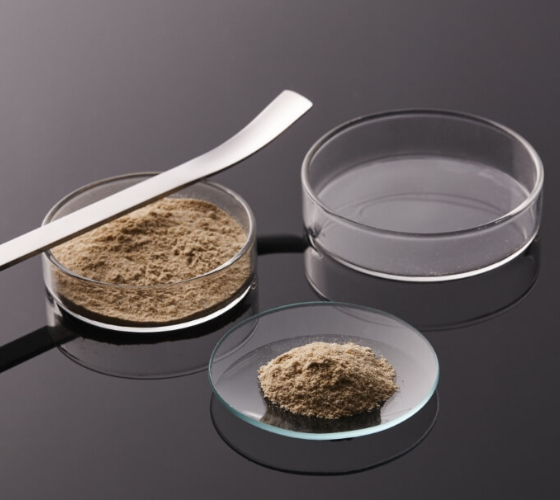Understand pet’s joint problems. The causes are not just aging.

When hearing "arthritis," many people think of old age and degeneration. However, arthritis is not exclusive to elderly pets. Breed genetics, overweight, incorrect posture, and excessive use of joints causing wear and tear can all lead to joint damage and diseases in pets.
1. Besides age-related degenerative arthritis, these are common joint diseases!
- Common joint diseases in dogs: Knee joint dislocation, supportive ligament rupture, and traumatic arthritis
- Common joint diseases in cats: Hip dysplasia, femoral head dislocation, and traumatic arthritis
These top-listed joint diseases, besides being caused by genetics, have a common factor: excessive activity. Pets with these diseases usually come from households where they are allowed to roam freely outside.
Therefore, the first step to prevent joint problems is not to let pets roam freely outside! Besides avoiding excessive exercise causing damage, it's important to note that free-roaming pets have a high risk of injury, whether to themselves or others, so it should be avoided at all costs!
Additionally, to protect pets' joints, we can improve the environment (laying non-slip mats, pet stairs), control their weight, conduct regular health check-ups, and supplement with health products at the right time. These measures can effectively prevent and delay joint degeneration and provide more protection for the joints.
2. Besides external factors, changes in the body can also cause joint diseases
Apart from external factors, body changes can also lead to joint diseases, such as systemic lupus erythematosus caused by immune system abnormalities, congenital hip dysplasia, or polyarthritis caused by incorrect medication.
In addition to regular health check-ups, we can also observe the limbs and joints through daily interactions with pets to detect any abnormalities and prevent severe joint diseases. If pets already show joint or other physical discomfort, avoid self-medicating with online purchases. Incorrect medication can worsen the condition or cause other diseases. Always consult a veterinarian if there are any health issues with pets.
3. Be aware of these signs indicating potential joint discomfort in pets to avoid missing the golden treatment period
We often attribute decreased vitality to normal aging, but this is actually a precursor to chronic arthritis, hiding many unspoken sufferings of pets. If pets show the following signs, it is recommended to visit a veterinarian for examination. Early-stage joint diseases are hard to detect without professional diagnosis and imaging assistance.
- Excessive licking or biting of joint areas
- Drowsiness, lying in one position for extended periods
- Decreased appetite and water intake
- Difficulty in urination/defecation, reducing toilet use
- Stiff movements, sometimes lying stiff or shivering
Degenerative arthritis is a chronic, progressive joint disease that causes the loss of joint cartilage, osteophyte formation, and fibrous tissue around the joints. It is an irreversible problem that tends to occur in elderly pets. While we cannot stop joint aging, we can delay the degeneration and inflammation process. Besides dietary care and weight control mentioned earlier, avoiding high-impact exercises (such as running and jumping) and opting for moderate low-impact exercises (swimming and leash walking) are helpful.
Additionally, it is recommended for middle-aged and senior pets (over 7 years old) to supplement with joint health products at the right time. Currently, medically proven effective ingredients for joint care include low molecular weight fucoidan (Oligo Sea Fucoidan), UC-II, calcium carbonate, and omega-3, which help maintain the health of both hard and soft tissues in pet joints.
Huang Yixiu - Director of Tai-er Animal Hospital
Graduated from the Department of Veterinary Medicine, National Pingtung University of Science and Technology
Specialties: Internal Medicine, General Medicine
Reference: https://www.hiq-pets.com/article/134




